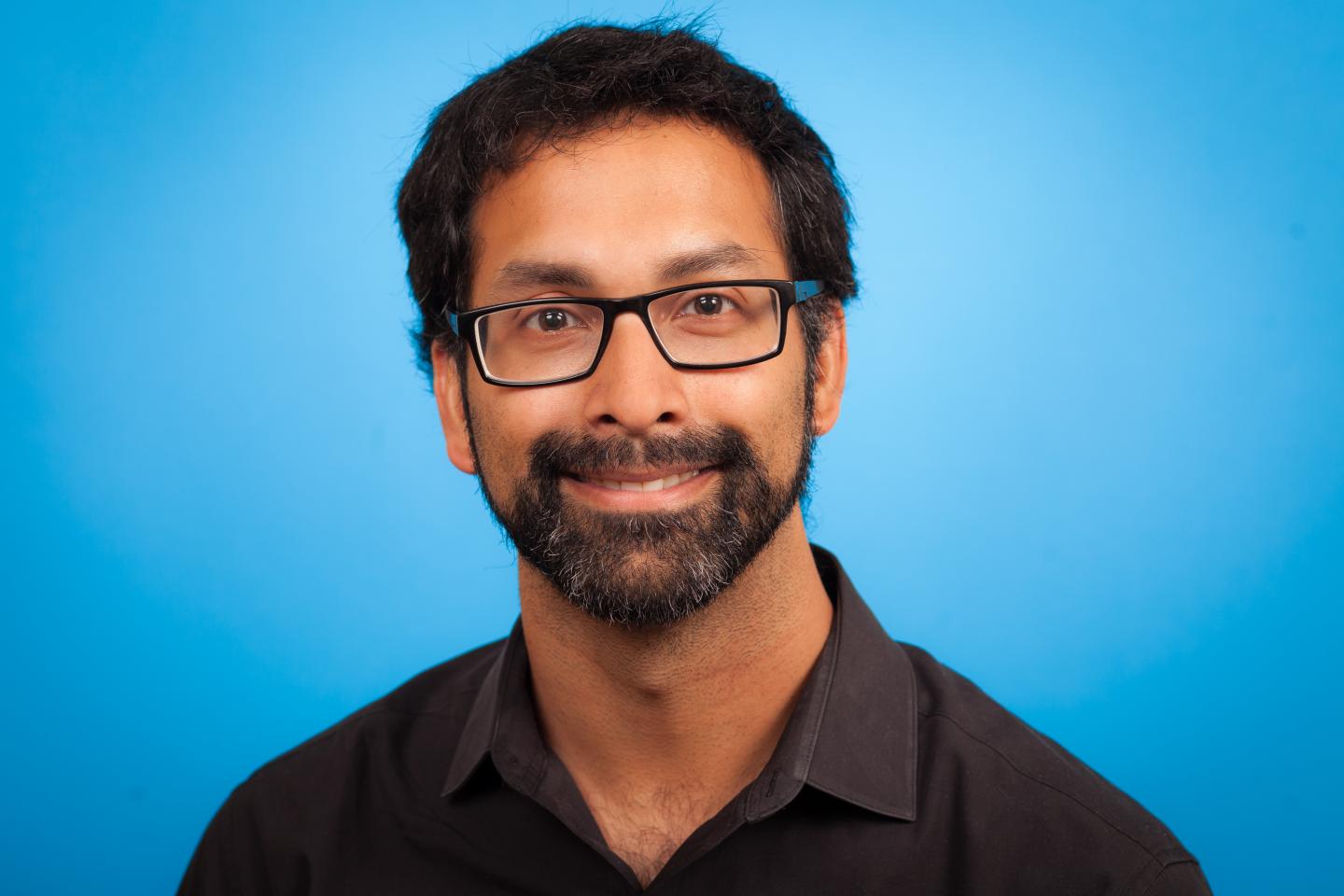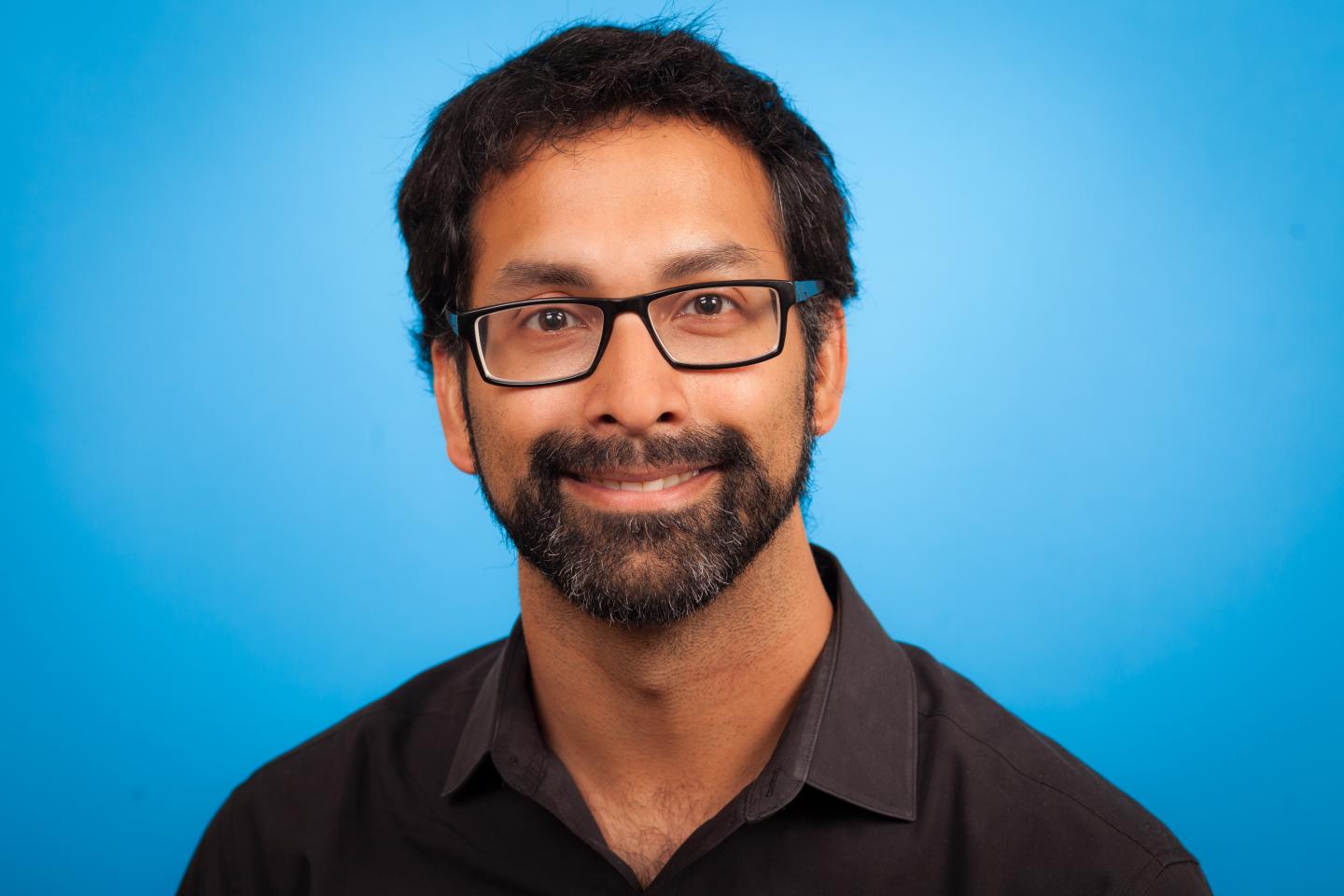
Credit: St. Michael's Hospital
TORONTO, September 10, 2018 – Health care organizations can play a key role in supporting unemployed patients find a job, suggests a new study from the Centre for Urban Health Solutions (C-UHS) of St. Michael's Hospital.
"Employment status is a key social determinant of health, or a social aspect that impacts our well-being," said Dr. Andrew Pinto, a family physician and researcher in The Upstream Lab at C-UHS. "Our goal with this research was to look at how health care settings can assist patients with gaining employment, and which strategies work best."
To identify the key features of interventions where health care organizations supported patients in gaining employment, Dr. Pinto, who is also an assistant professor at the Department of Family and Community Medicine and the Dalla Lana School of Public Health at the University of Toronto, and his team conducted a systematic review of studies of interventions within health care settings that aimed to help patients find jobs. They identified 88 studies that met the study's criteria.
The literature revealed that most interventions were successful, and of these, the average gain in any type of employment with support from health care organizations was 51%. The research also revealed which factors made interventions most effective for patients to gain employment.
The five key factors common in successful interventions were:
- 1. A multidisciplinary intervention team – A team composed of both health-care workers and employment specialists who have open communication were more likely to meet patient employment needs.
2. A package of services for patients – Offering patients expert advice, a job search, feedback, networking, education, training and peer mentorship made them more successful in their job search.
3. One-on-one services, tailored to the patient – Interventions that were tailored to the person's preferences, skills, education and previous work experiences were most impactful.
4. A comprehensive view of social needs – Interventions that took a holistic approach to addressing other social determinants of health, such as housing, were more successful in helping patients find jobs.
5. An intervention team that works with employers – Communication with employers proved to be important. With clear communication between the intervention team and employers, both parties could ensure that specific needs, such as accommodation for disabilities, were met.
"We recognize that these interventions may not be possible for all organizations," Dr. Pinto said. "Our study can assist with the design of successful employment interventions that are realistic. Certain team-based primary care organizations have the opportunity to develop a pathway for patients dealing with unemployment."
At St. Michael's, this work informed a pilot study through which patients with precarious employment at the St. Michael's Family Health Team received employment support and intervention. Dr. Pinto and his team are currently analyzing this data.
###
This study was funded by the Atkinson Foundation Decent Work Fund.
About St. Michael's Hospital
St. Michael's Hospital provides compassionate care to all who enter its doors. The hospital also provides outstanding medical education to future health care professionals in more than 29 academic disciplines. Critical care and trauma, heart disease, neurosurgery, diabetes, cancer care, care of the homeless and global health are among the Hospital's recognized areas of expertise. Through the Keenan Research Centre and the Li Ka Shing International Healthcare Education Centre, which make up the Li Ka Shing Knowledge Institute, research and education at St. Michael's Hospital are recognized and make an impact around the world. Founded in 1892, the hospital is fully affiliated with the University of Toronto.
St. Michael's Hospital with Providence Healthcare and St. Joseph's Health Centre now operate under one corporate entity as of August 1, 2017. United, the three organizations serve patients, residents and clients across the full spectrum of care, spanning primary care, secondary community care, tertiary and quaternary care services to post-acute through rehabilitation, palliative care and long-term care, while investing in world-class research and education.
About the Dalla Lana School of Public Health
The Dalla Lana School of Public Health is a Faculty of the University of Toronto that originated as one of the Schools of Hygiene begun by the Rockefeller Foundation in 1927. The School went through a dramatic renaissance after the 2003 SARS crisis and it is now the largest public health school in Canada, with more than 900 faculty, 1,000 students, and research and training partnerships with institutions throughout Toronto and the world. With $35.9 million in research funding per year, the School supports discovery in global health, tobacco impacts on health, occupational disease and disability, air pollution, inner city and Indigenous health, among many other areas. For more information, visit the website.
About the Department of Family and Community Medicine at the University of Toronto
The Department of Family and Community Medicine at the University of Toronto is recognized internationally for its clinical, educational and research excellence. Our faculty are clinical and academic leaders who are breaking new ground on issues ranging from inner city health, addiction medicine, global health, palliative care, immigrant and aboriginal health, and far more. Encompassing more than 1600 faculty across the province – from rural villages to urban centres – we are shaping the future of family medicine in Canada. Through our education program, we provide an innovative, comprehensive and diverse learning experience for our students and residents. We teach, create and disseminate knowledge in primary care, advancing the discipline of family medicine and improving health for diverse and underserved communities locally and globally.
Media contact
Ana Gajic
Senior Communications Advisor, Research
St. Michael's Hospital
Phone: 416-864-5960 or 416 458 0629
[email protected]
Media Contact
Ana Gajic
[email protected]
416-864-5960
@StMikesHospital
http://www.stmichaelshospital.com/





